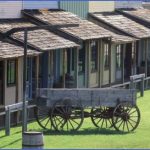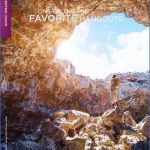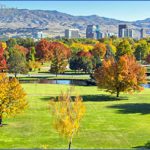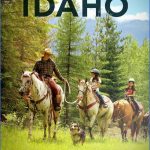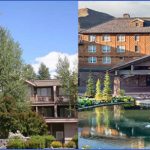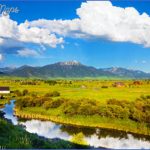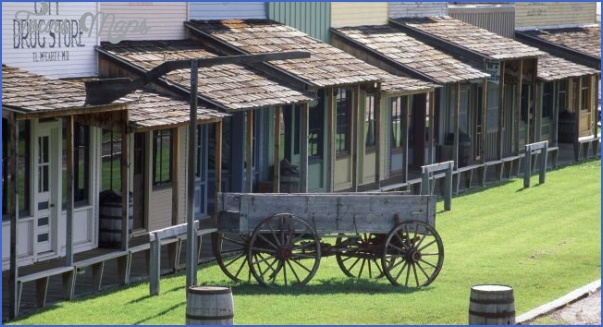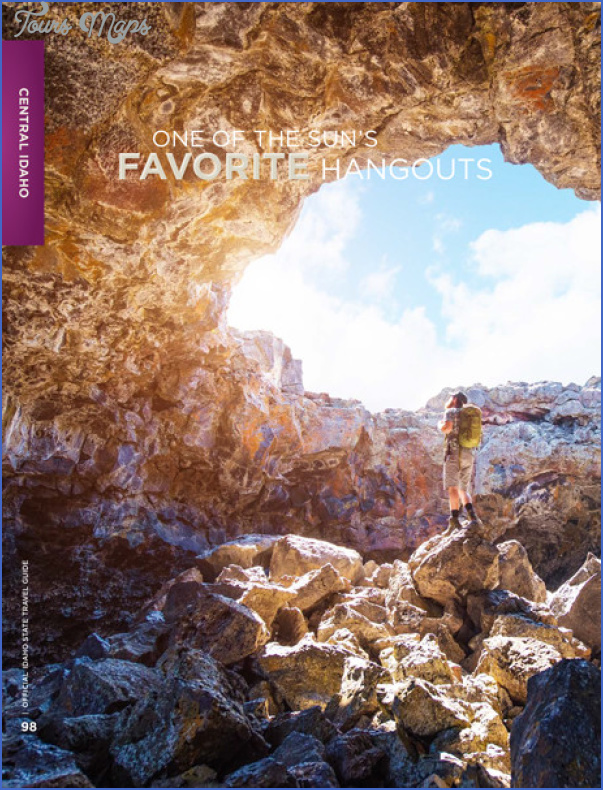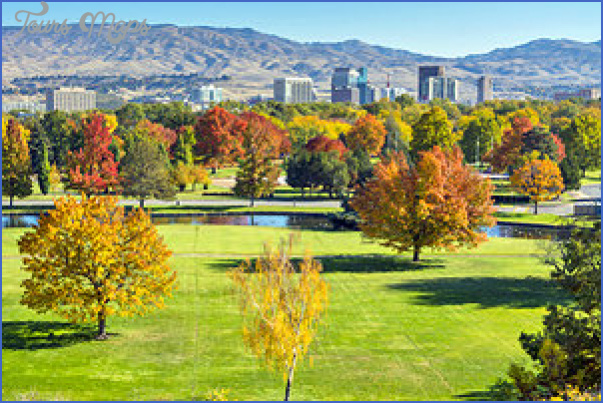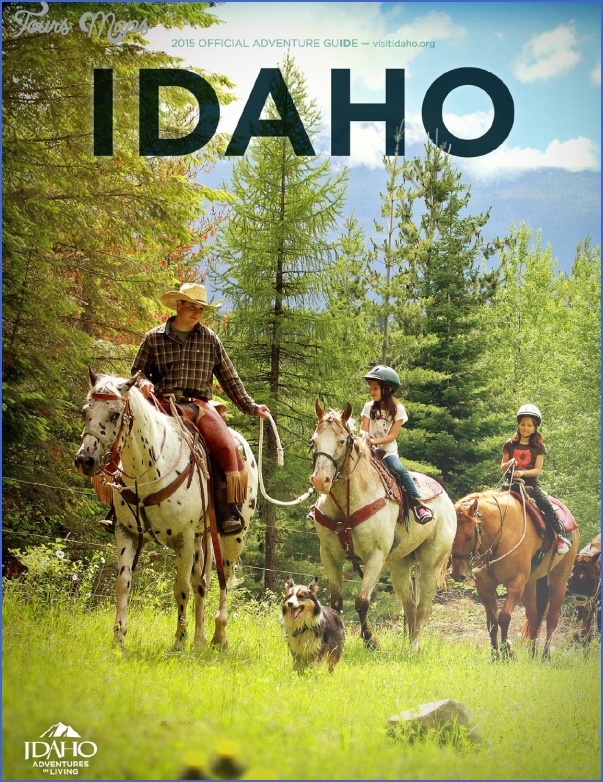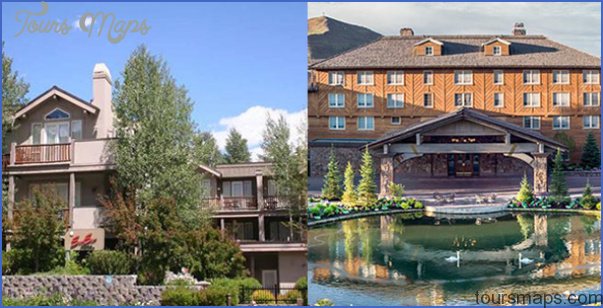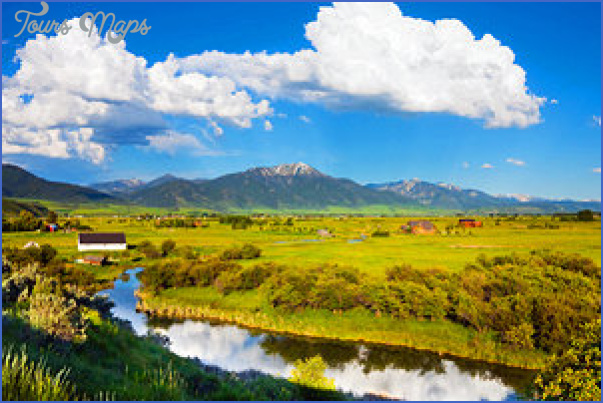THE BLACKFOOT RIVER WAS MADE FAMOUS BY NORMAN MACLEAN’S NOVELLA A RIVER RUNS THROUGH IT A RIVER RUNS THROUGH IT The Big Blackfoot MISSOULA/BONNER/POTOMAC/OVANDO/LINCOLN/WOLF CREEK ESTIMATED LENGTH: 120 miles ESTIMATED TIME: 3 to 7 hours
Highlights: Milltown Dam project, Lubrecht Experimental Forest, Blackfoot Challenge, Rogers Pass, river recreation, wildlife viewing
Getting there: Drive east from Missoula on I-90 through Hellgate Canyon to East Missoula and Bonner. Exit the freeway at Bonner on MT 200.
To put it in the words of the Blackfoot Valley’s most famous native, the writer Norman Maclean, all things really do merge into one here and a river really does run through it. The Blackfoot exemplifies all that is Montana: Top-shelf outdoor recreation on the Blackfoot and in the mountains flanking it. Spectacular wild landscapes, including the densest population of grizzly bears on private land. An extractive tradition of mining, logging, and agriculture has supported livelihoods but has also threatened to despoil a river and landscape. Longtime residents cherish the land with such uncommon passion that they decided to do something about it, ultimately creating one of the world’s pioneering land management models.
The Blackfoot is where Prince Charles and Princess Diana sent one of their sons, Prince William, to escape the glare of paparazzi lights while enduring their highly public divorce. It is also where the anarchist Ted Kaczynski, a.k.a. The Unabomber, holed up in a cabin without running water or electricity and taught himself survival skills before his eventual arrest in 1996. And as if to prove nothing about the Blackfoot is average, it was on its upper reaches, at Rogers Pass, that the coldest temperature ever in the lower 48 states was recorded: minus 70 degrees Fahrenheit on Jan. 20, 1954.
Mostly, though, the Blackfoot is about keeping Montana Montana an orchestrated effort by multi-generational ranch families, conservationists, business leaders, and government agencies to preserve a way of life that has been lost in similarly picturesque valleys such as the Bitterroot and Paradise, which have been sliced and diced into 20-acre ranchettes. This desire manifested itself nearly three decades ago out of concern for an ailing river, and can be seen today in The Blackfoot Challenge, an inspiring collaboration worth stopping to learn more about in little Ovando.
Like many projects that unify strange bedfellows, The Challenge started with the recognition that most residents liberal or conservative, private landowner or public employee, fly fisherman or bait angler loved the Blackfoot for mostly the same reasons. And they could all agree on looming threats to their lifestyles: The possible expansion of a leaky mine at the Blackfoot’s headwaters that already was fouling a once-legendary fishery. The prospect of vast timberlands being sold and developed into the aforementioned 20-acre parcels. And the likelihood of federal government intervention to save the river. They met, leaving their biases and disagreements (on wolves, for example) outside, and learned to listen and trust. The result has been an encouraging three-legged stool of economic, environmental, and quality-of-life successes, many of which are evident not by what you see (unless you know where to look) but by what you don’t see.
THE TEMPERATURE DROPPED TO MINUS 70 DEGREES ON ROGERS PASS IN 1954, THE LOWEST EVER RECORDED IN THE LOWER 48 STATES
Streams and trout populations have been restored. Grizzly bears, once considered a nuisance, are a source of pride, a symbol of stewardship and a reminder of just how unique this part of the world is. Even wolves are tolerated because ranchers coordinating with wildlife biologists have learned how to avoid livestock conflicts. With the reintroduction of trumpeter swans to a lake on the private Rolling Stone Ranch near Ovando, all of the wildlife species that were here when Meriwether Lewis wandered through with a small party more than 200 years ago are back on the landscape. And ranchers have discovered, perhaps counterintuitively, that working with nature’s rhythms instead of against them is more efficient, more economical and more conducive to an improved quality of life.
The Blackfoot Challenge has been lauded as the future blueprint for successful land and water management. It is being emulated worldwide. And the benefactors are not only the people who live, work, and play in the Blackfoot, but also the people like you who get to explore its backroads and experience a naturally functioning world, as Norman Maclean might describe it, with dew still on it.
IDAHO TRAVEL GUIDE Photo Gallery
Maybe You Like Them Too
- The Best Cities To Visit in The World
- World’s 10 Best Places To Visit
- Coolest Countries in the World to Visit
- Travel to Santorini, Greece
- Map of Barbados – Holiday in Barbados

